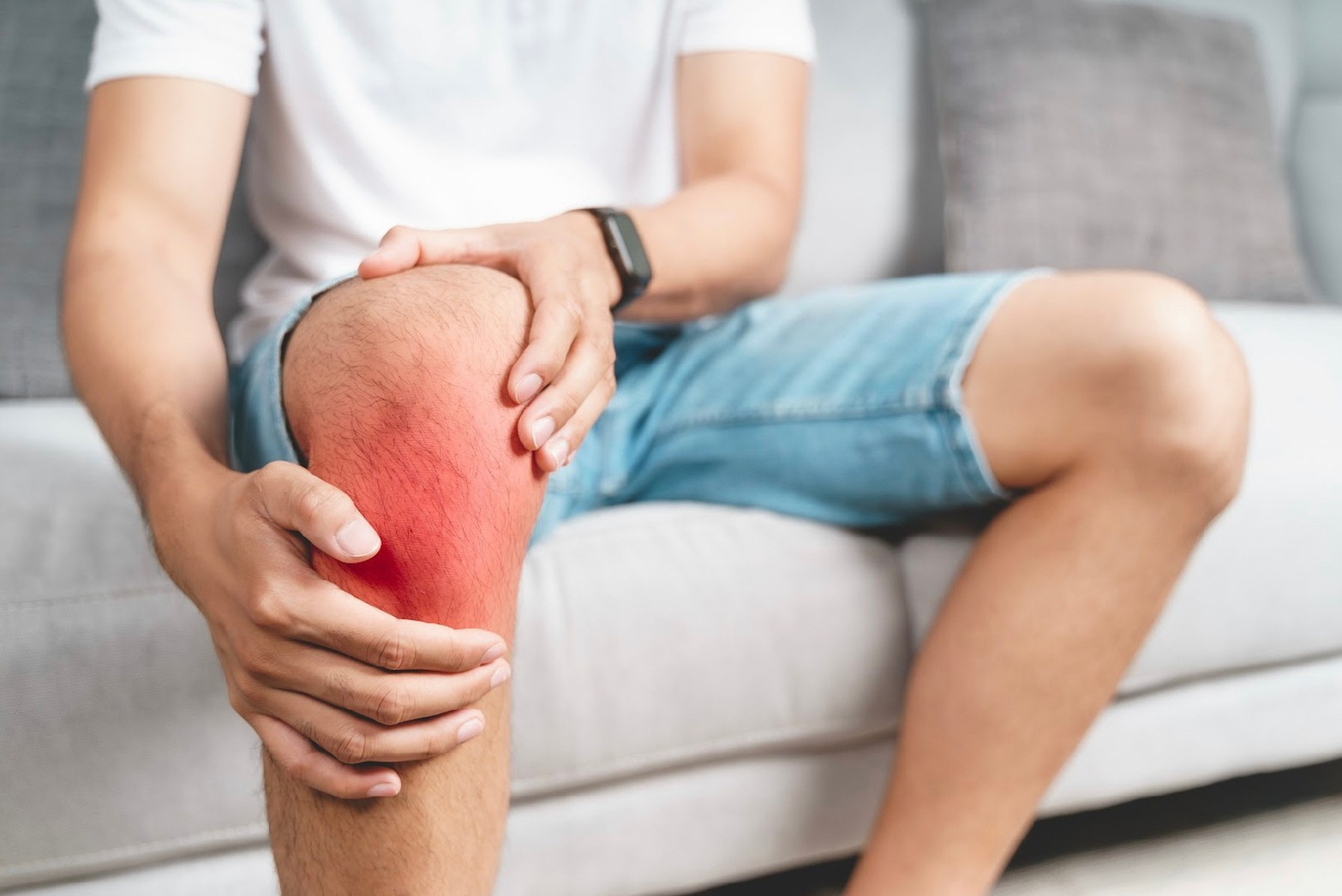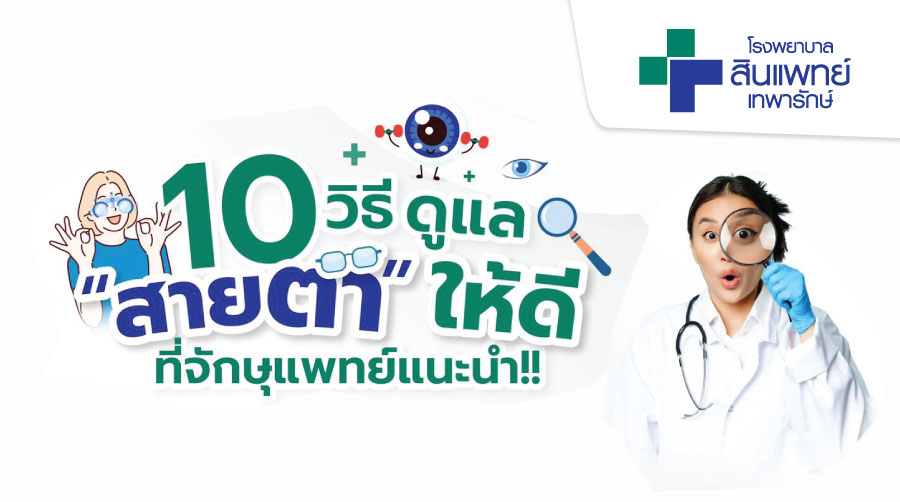Apr 18, 2025

A torn anterior cruciate ligament (ACL) is a frequent injury among athletes who engage in rapid movements involving twisting, jumping, or sudden impacts—such as football, volleyball, and basketball. This injury causes pain, swelling, and mobility issues, severely impacting daily life. Without proper treatment, it may lead to chronic pain, incomplete recovery, or even an inability to resume sports. Consult the Comprehensive Bone and Joint Center at Synphaet Srinakarin Hospital for accurate diagnosis and treatment. Arthroscopic ACL reconstruction by specialized surgeons offers minimal scarring, faster recovery, shorter hospitalization, and cost-effectiveness, enabling patients to return to normal life.
The ACL connects the femur (thigh bone) to the tibia (shin bone), stabilizing the knee joint and preventing hyperextension. It is crucial for controlling tibial movement and protecting the knee from excessive strain. A complete ACL tear leads to knee instability, swelling, pain, and inability to play sports.
Sudden twisting or pivoting motions (e.g., changing direction rapidly).
Awkward landings from jumps or collisions during sports.
Extreme knee hyperextension or direct impact.
Audible “pop” or snapping sensation in the knee at the time of injury.
Immediate swelling (due to internal bleeding).
Severe pain and inability to bear weight.
Chronic instability (“giving way” sensation during movement).
Immobilize the knee: Avoid movement; wait for assistance.
Apply ice: Reduce swelling within the first few hours.
Gentle testing: Slowly flex/extend the knee to assess pain and swelling.
Splinting: If unable to move, use a splint or rigid material to stabilize the knee.
Avoid manipulation: Do not attempt to realign a dislocated knee.
Non-Surgical Treatment:
Immobilization: Use a brace and anti-inflammatory medications for 1 week.
Physical therapy: Strengthen surrounding muscles to compensate for the torn ACL.
Lifestyle adjustment: Suitable for elderly patients or those with low activity demands.
Arthroscopic Surgery:
Procedure: Replace the torn ACL with a hamstring tendon graft using 4mm cameras and specialized tools through two small incisions.
Advantages: Minimal scarring, shorter hospital stay, faster recovery.
Recovery:
Day 1: Use crutches and knee brace.
Week 2: Discontinue crutches.
Month 3: Stop using the brace; begin sport-specific physical therapy.
Month 9: Resume sports activities.
Pre-surgery: Quit smoking at least 1 month prior to improve tendon healing.
Post-surgery: Avoid knee-twisting activities; adhere to physical therapy.

